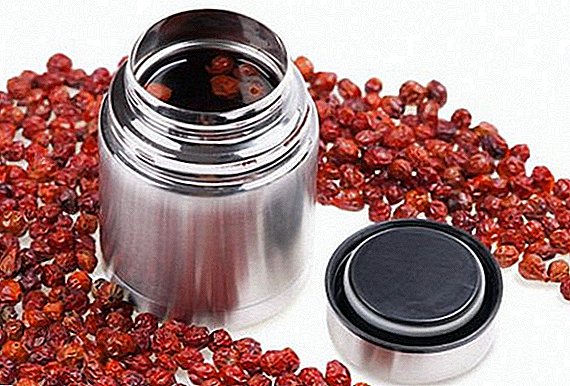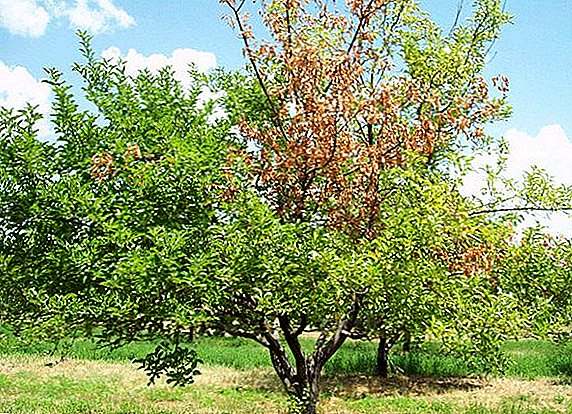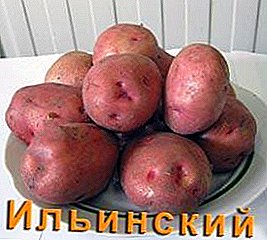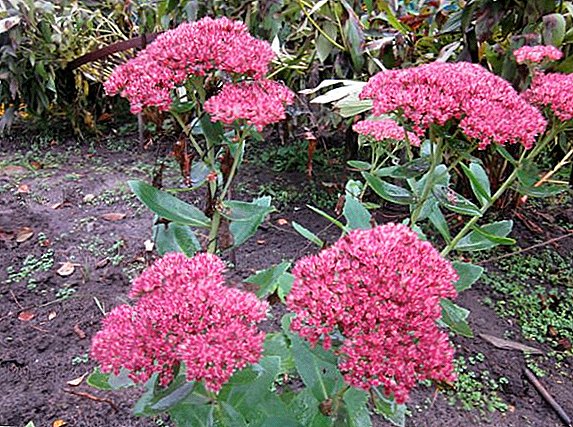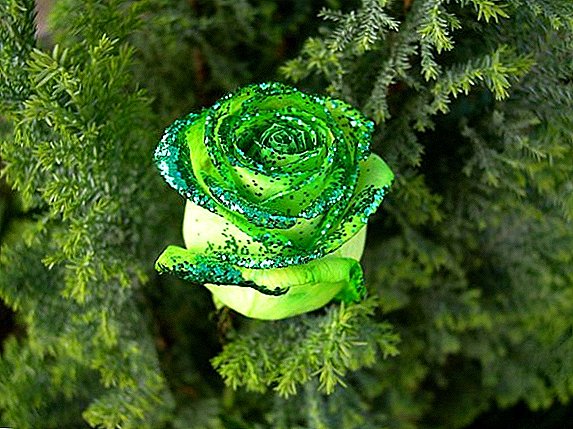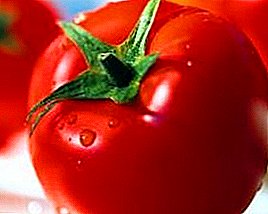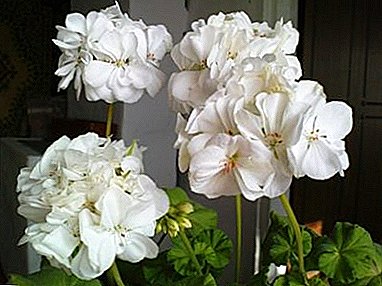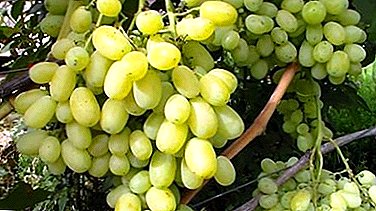
Photosynthesis - the basis of the existence of the plant, occurs in green cells of chlorophyll. But sometimes under the action of infection or in violation of soil nutrition, the formation of chlorophyll is inhibited.
As a result, the leaves are partially or completely lose green color, turn yellow, sometimes get ivory color. Sheet loses its function. This disease is called chlorosis.
Signs of chlorosis grapes
With chlorosis, foliage begins turn pale. Old leaves become bright yellow in color; young ones more often have a lemon tint. Accordingly, the process of photosynthesis is disturbed, the development of shoots ceases. Over time, the tops of the shoots and leaves may die. An eating disorder leads to falling off of the ovaries, and the rest do not mature. Vine wood also matures poorly.
Exists three main reasonsleading to chlorosis. Therefore, the external manifestation of the disease in these cases will be different.
For correct diagnosis and appropriate treatment, foliage should be carefully considered, paying attention to the nature and localization of yellow spots.
A photo




Types of disease
Non-infectious
 This type of disease is associated with impaired absorption by the plant from the soil. iron ionswithout which chlorophyll cannot be synthesized.
This type of disease is associated with impaired absorption by the plant from the soil. iron ionswithout which chlorophyll cannot be synthesized.
This type of disease is called iron deficiency chlorosis. Although iron is not part of the green pigment, it is an important mediator of chlorophyll synthesis.
Noninfectious chlorosis begins with the appearance of small yellow spots. Gradually their number increases, they begin to merge together. The veins remain green for a long time, and the space between them turns yellow.
The plant may lack iron due to:
- small amount of this element in the soil;
- alkaline soil reaction that interferes with the absorption of iron;
- growing grapes on heavy soil and insufficient aeration of the roots.
Having spent soil analysis, you can begin to address the elimination of the disease.
- If the soil is not able to provide the vine with the necessary amount of iron, it is necessary to feed the plant with this element. Top dressing can be root and foliar. The most commonly used spraying of iron sulfate.
But in recent years it has been established that iron is better absorbed in chelated form, therefore, they began to produce fertilizers containing just such a form of fertilizer. The assimilation of iron is also facilitated by trace elements such as zinc, boron, manganese, and magnesium. Therefore, it is fully justified to feed the grapes with just a complex of microelements.
- Alkaline reaction, as a rule, has soils containing a large amount of lime. In such conditions, the iron contained in the soil passes into an indigestible trivalent form.
The first help in this case will be the same fertilizing with microelements. And in the long term will help making organic.
- To reduce Negative influence heavy soil can be loosening, making compost, some decrease in irrigation. It is noticed that in dry summer, chlorosis is manifested much less frequently. Feeding should be done only foliar.
Infectious
 The disease causes a virus that enters the vineyards with infected seedlings that have not undergone quarantine control. This type of disease appears differently. In the affected plant, the veins are the first to turn yellow, through which the virus spreads.
The disease causes a virus that enters the vineyards with infected seedlings that have not undergone quarantine control. This type of disease appears differently. In the affected plant, the veins are the first to turn yellow, through which the virus spreads.
The leaf gets mosaic coloring. Therefore, this type of chlorosis is also called yellow mosaic.
Such plants are practically not amenable to treatment, therefore, in identifying this type of chlorosis, the vine must be removed and burned. Fortunately, in a temperate climate, the disease is not widespread, and regions with mild winters are more often affected.
Edaphic
This type of violation of chlorophyll synthesis occurs during stressful effects on drought grapes or excessive moisture, too high or low temperatures.
After the termination of the effect of the damaging factor, the plant itself gradually returns to normal. To help the plant quickly begin to function normally, you can use all the same micronutrient feedings.
Disease prevention
- Long-term beneficial effect on the vineyard has improved soil conditions, primarily air and water permeability of the soil.
To this end, the soil before the laying of the vineyard drain or make it clay, rubble, slag. Good effect can be achieved by mulching the soil.
- For manure vineyards is not recommended to use manure, which increases the negative impact of lime. The most suitable organic fertilizers are compost, sapropel or peat.
- Mineral fertilizers need to pick up those that have an acid reaction to alkalize the soil. For example, potassium sulfate, ammonium sulfate, superphosphate would be desirable.
- Soil enrichment trace elements, the improvement of its structure and regulation of water and air regime is sowing under the bushes of siderate crops: lupine, wiki, alfalfa.
- Finally, cultivating varieties is an effective means of prevention. Chlorosis Resistant: Trollingera, Limberger, Portugizer, Pinot Meniere, Elbling, Cabernet, Chaslay white and pink, varieties Saint Laurent and Muscatel.

Prone to chlorosis Agat Donskoy and Antey, Rupestris and Riparia, Aligote and Riesling, Danko and December, Muscat and Magarach, Pinot black and Pinot Blanc, Italy and Isabella.
Chlorosis can be true disaster for the vineyard, significantly reducing the harvest of the current year and weakening the vine, which may occur in subsequent years. But the timely treatment of chlorosis grapes gives good results. The main thing is not to start the disease, do not let the vine significantly weaken. Using simple preventive measures it is not difficult to completely secure the planting against chlorosis.
Useful video, how to treat chlorosis grapes:


